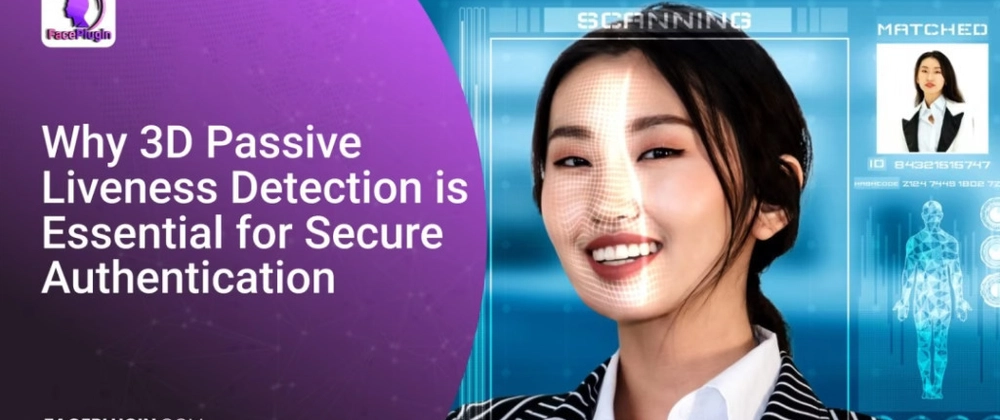Biometric security is moving fast, and 3D Passive Liveness Detection isn’t just keeping up—it’s leading the charge against identity fraud. Cybercriminals? They’re getting smarter, slipping through weak spots in facial recognition with deepfakes, AI-generated faces, and even 3D masks. And let’s be real, old-school authentication like passwords and PINs? Not cutting it anymore.
That’s where 3D Passive Liveness Detection steps in. It uses AI-driven algorithms to tell real users from fraudsters—no blinking, nodding, or awkward prompts needed. Instead, it reads depth, texture, and other biometric markers straight from a single image. No hassle. No friction. Just seamless security.
For businesses, this isn’t just about security; it’s about trust. Smooth authentication, fewer false rejections, and rock-solid fraud defense—3D Passive Liveness Detection makes sure of that. And with deepfakes getting creepier by the day, companies can’t afford to sit back. The future’s digital, and staying ahead means locking fraudsters out before they even get in.
“Secure your business with FacePlugin’s cutting-edge 3D Passive Liveness Detection—because real identity verification demands real security.”
Understanding 3D Passive Liveness Detection
3D Passive Liveness Detection is an advanced anti-spoofing technology that verifies a user’s presence without requiring movement. It detects real faces by analyzing biometric markers like depth, texture, and reflectivity in a single image. Unlike older methods, it ensures seamless security without disrupting the user experience.
How Does It Detect Presentation Attacks?
Fraudsters use printed photos, video replays, deepfakes, and 3D masks to trick facial recognition systems. 3D Passive Liveness Detection stops them by:
Analyzing depth patterns – Identifies 3D structures, blocking flat image attacks.
Detecting light reflection differences – Separates real skin from synthetic materials.
Using AI-driven feature extraction – Differentiates between genuine and fake biometric data.
This real-time analysis ensures security without requiring user interaction.
Why 3D Passive Liveness Detection is Superior to Active Methods
Active liveness detection asks users to blink, nod, or move their heads. But fraudsters can mimic these actions using deepfakes and video manipulation. 3D Passive Liveness Detection eliminates this risk by verifying identity instantly, without requiring user actions.
Frictionless user experience – No unnecessary steps, reducing drop-off rates.
Stronger fraud defense – Advanced AI detects even hyper-realistic deepfakes.
Faster authentication – Real-time verification without delays or interaction.
For businesses, 3D Passive Liveness Detection isn’t just an upgrade—it’s essential for secure, seamless identity verification.
Read full article here.
https://faceplugin.com/3d-passive-liveness-detection-faceplugin/




Top comments (2)
Thanks for information, looks impressive
Thank you